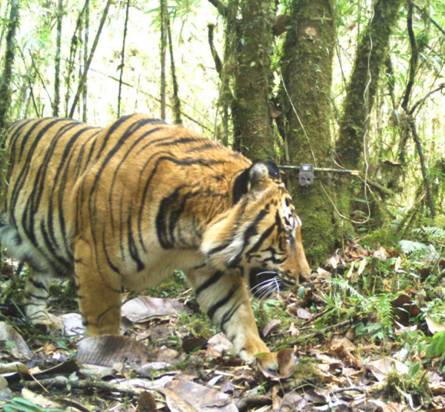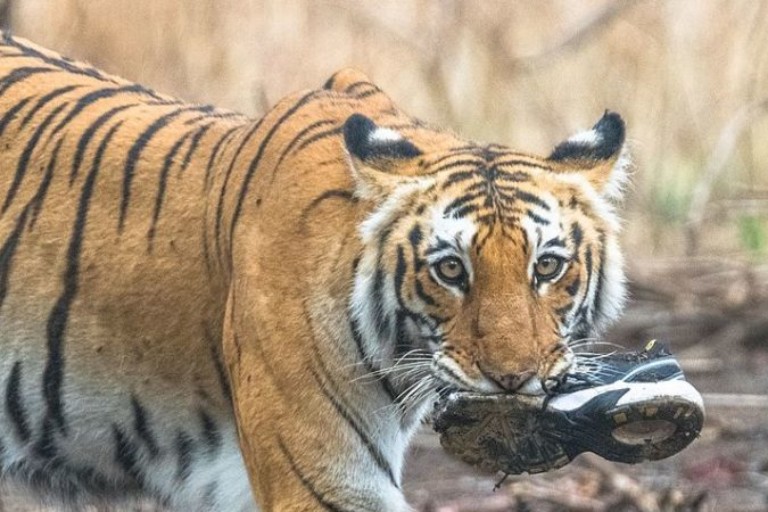`Extinction of animals is not new but India took amazing steps when it came to conserving the pride of our forests. Recent reports by the Ministry of environment and climate change show that India has achieved the target of doubling the number of tigers before the completion of the timeline estimated by the government. The fourth cycle of the All India Tiger Estimation 2018, results of which were declared to the nation on Global Tiger Day last year by Prime Minister Narendra Modi has entered the Guinness World Record for being the world’s largest camera trap wildlife survey.
Further, the Environment Minister said that India has fulfilled its resolve to double the tiger numbers four years before the target. The country now has an estimated 2967 tigers as per the latest census. With this number, India is home to nearly 75 per cent of the global tiger population. India has already fulfilled its resolve of doubling tiger numbers, made at St. Petersburg in 2010, much before the target year of 2022.

Indian tiger’s census shows rapid population growth India is now home to nearly 3,000 tigers a third more than it had four years ago, according to the latest tiger’s census. The tiger population in India had increased from 2,226 in 2014 to 2,967 in 2018.
India counts its tigers once every four years – it’s a long, arduous task that involves forest officials and scientists trekking across half a million square kilometres (193,000 sq. miles) looking for evidence of the tiger population. With this immense growth, India has entered the Guinness world records for being the world’s largest camera trap wildlife survey.
The citation at the Guinness World Record website reads- “The fourth iteration of the survey – conducted in 2018-19 – was the most comprehensive to date, in terms of both resource and data amassed. Camera traps (outdoor photographic devices fitted with motion sensors that start recording when an animal passes by) were placed in 26,838 locations across 141 different sites and surveyed an effective area of 121,337 square kilometres (46,848 square miles). In total, the camera traps captured 34,858,623 photographs of wildlife (76,651 of which were tigers and 51,777 were leopards; the remainder were other native fauna). From these photographs, 2,461 individual tigers (excluding cubs) were identified using stripe-pattern-recognition software.
Hunting was forbidden while equally security was provided to tigers residing in the areas like Gir and Ranthambore, all the national parks are becoming centre of tourism again and also tourists will be enjoying the company of many tigers and their families.
-Selvi Pareek

